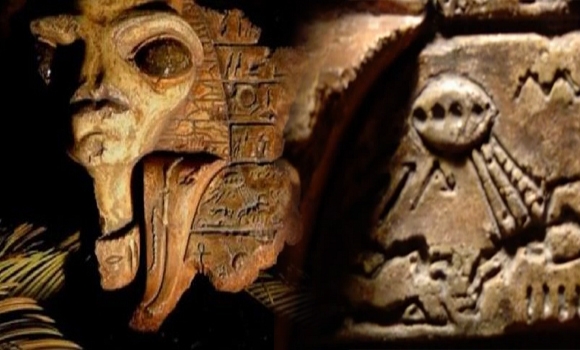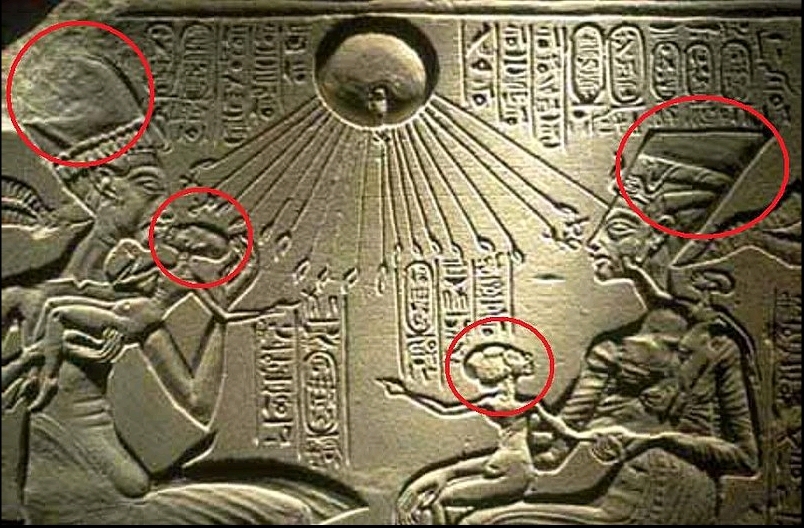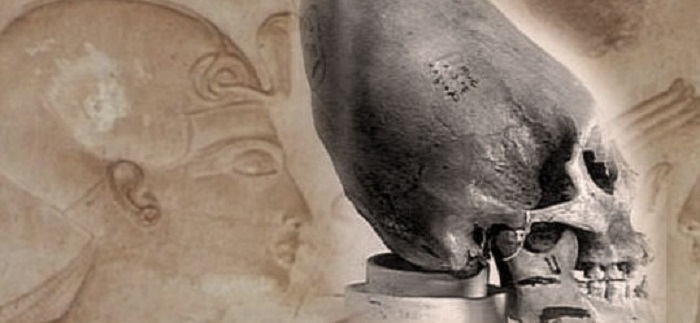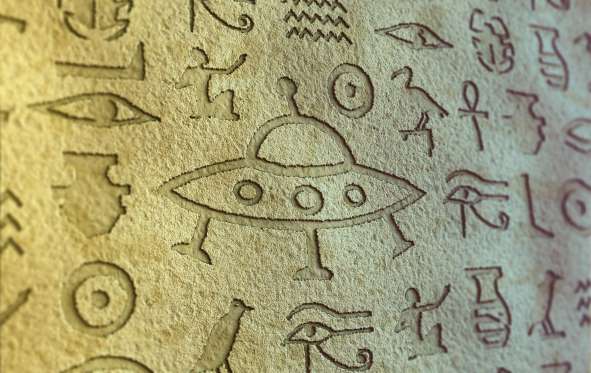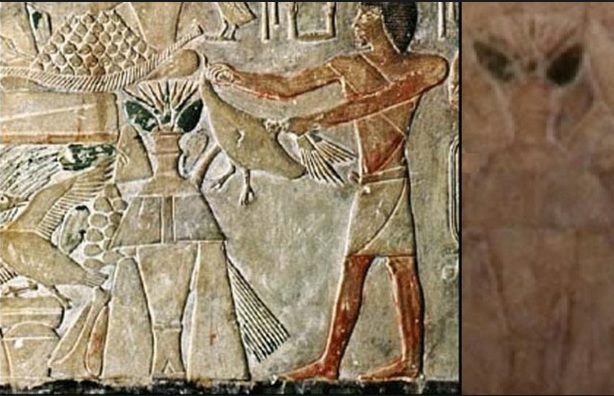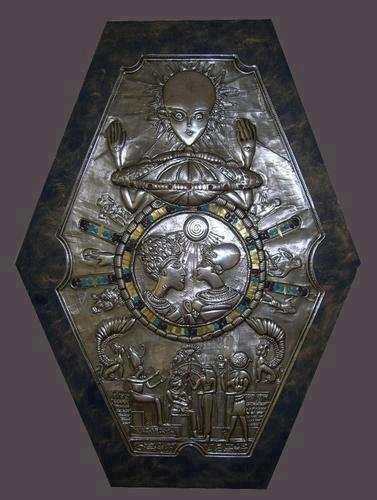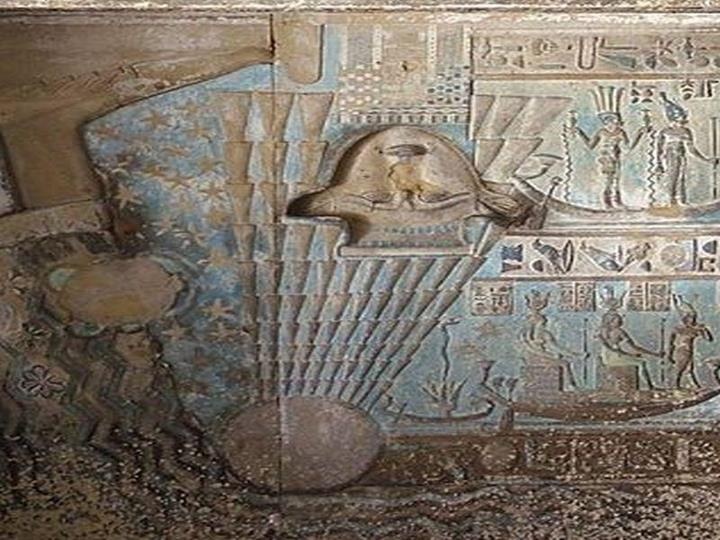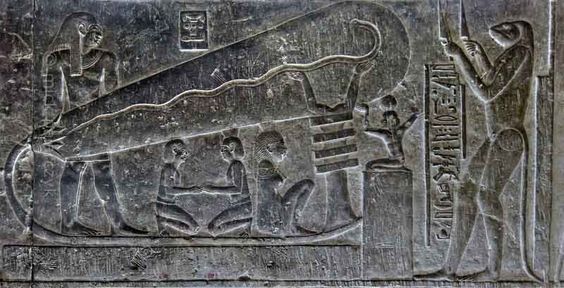30. Galaga
Galaga is a pretty faithful port of the arcade game original. This was one of the NES
games that proved Nintendo's game console could bring the experience of
mall video arcades into your living room, sans all the people crowding
around you and calling “next game” when you died.
29. Pac-Man
Another arcade port. The sound is a little off between
the original arcade game and the NES version, but the mazes are
faithful, so it
almost felt like owning your own
Pac-Man machine when this game was first released!
28 and 27. Donkey Kong and Donkey Kong Jr.
Another pair of arcade ports, this time starring Nintendo’s first iconic character, who recently celebrated his 35th anniversary!
26. Balloon Fight
Balloon Fight has a lot in common with the arcade game
Joust.
You float around the game level with a handful of balloons, and land on
top of enemies who are also floating around with balloons. If you land
on your opponent correctly, you pop their balloons and send them
parachuting to the ground. The second hit kills them.
25. Ice Climber
A launch title for the NES,
Ice Climber is a
vertical platformer where the player scales an ice mountain. You have a
mallet to break rocks and ice that gets in your way or to smash enemies.
There’s a bonus stage at the top of every mountain where you have to
grab as many items as possible to bring you to the next stage before a
giant condor flies past.
24. Mario Bros.
Yet another arcade port. The pair of plumbers star in
what would become a prologue game to the “super” versions that would
make Mario and Luigi household names.
23. Double Dragon II: The Revenge
This side-scrolling beat-em-up is a sequel to the original
Double Dragon.
Up to two players simultaneously walk through the streets beating up
gang members and criminals using nothing but good timing, their fists,
and their feet.
Double Dragon II improved upon the first
game with animated cutscenes, better level designs, and cooler fighting
moves. And if you turn on the option where players can hurt one
another,
Double Dragon II can provide for some excellent trolling material.
22. Excitebike
Excitebike was also a launch title for the NES.
It's a motocross game in which the player not only has to navigate the
tracks correctly, but also make sure their engine doesn't overheat while
sticking jumps and avoiding obstacles.
You could also design your own courses, but this was long before the days of
Super Mario Maker. Once you turned
Excitebike
off, you lost your custom designs because the cartridge had no
batteries to power save game storage. The NES Classic Edition will
hopefully allow save files.
21. Tecmo Bowl
Tecmo Bowl was
the football game when
it was released on the NES. It had nine players on either side of the
line of scrimmage—a lot for a home football game at the time—and used
the names of real NFL players (but not the names of real NFL teams, due
to licensing issues).
Tecmo Bowl has a 2-player mode,
though the basic gameplay is pretty simple. The player on defense tries
to guess which of only four plays the offense will select, and if the
player on defense guessed correctly they have the best defensive
formation possible.
20. StarTropics
This may be one of the least recognizable games on the list.
StarTropics is an adventure game with a
Legend of Zelda
vibe about a kid named Mike who’s on an adventure to find his missing
uncle. Mike is armed with baseball bats, yo-yos, and other kid-like
weapons as he wanders an overworld looking for villages and information
that will lead him to the dungeons he needs to conquer.
19. Ghosts ‘n’ Goblins
Ghosts ‘n’ Goblins is a somewhat faithful port
of the arcade game. The player takes the role of Arthur, a knight on a
mission to rescue a princess. If he gets hit once, Arthur’s armor flies
off and he’s running around in his underwear. This is pretty funny,
given how hectic with enemies
Ghosts ‘n’ Goblins almost always is. Arthur spends a lot of time running around in his boxer shorts.
Arthur also has a punishingly short time limit to beat each level, or he dies and had to start over. That part is
not funny.
18. Super C
The second game in the
Contra series on the NES,
Super C pits a pair of Rambo-like commandos on a mission to destroy an alien named Red Falcon and his armies.
Super C
is a fast-moving side-scroller where the screen is almost always filled
with bullets and enemies flying at you from all directions.
Powerups
give you shotgun rounds or lasers that do much more damage than
ordinary bullets, but this is a game practically made for two-player
co-op, especially when it comes to fighting the bosses.
17. Dr. Mario
Dr. Mario is a puzzle game in which the player
has a bottle that’s full of red, blue, and yellow viruses. The player
has to color-match pills to the viruses until four items of the same
color are in a row, after which all four pieces vanish from the inside
of the bottle. The goal is to empty the bottle of viruses entirely.
This is also a game that might warrant a purchase of a second NES Classic Edition controller, because
Dr. Mario has a two-player mode in which you race your opponent to see who can empty their bottle first.
16. Gradius
Gradius is a side-scrolling shooter from Konami that introduced the Vic Viper starfighter, who would later appear in
Gradius II and
Life Force.
Gradius depends
heavily on finding powerup tokens for the Viper that players can spend
on different ship upgrades that fit with their play style. The levels
can get very tight and hectic with enemies quickly, and the bosses have
very specific weak points that players need to target.
15. Zelda II: The Adventure of Link
Zelda II: The Adventure of Link is a direct sequel to the original
Legend of Zelda.
Link has grown up and has to save Princess Zelda from a sleeping spell.
The path to her rescue lies in six palaces in the land of Hyrule that
Link has to find and beat.
This is a totally different game from the original. There's a huge overworld map that resembles something out of
Final Fantasy or
Dragon Warrior,
with wandering monsters that Link has to fight if they catch him.
Whenever the game changes to a fight scene, it turns into a
side-scrolling platformer.
Zelda II has an experience
point system, leveling up, towns with non-player characters that can
teach skills to Link, and other RPG elements that are entirely absent in
the original game.
14. Castlevania II: Simon’s Quest
The second game in the
Castlevania series is a marked departure from the original.
Castlevania II: Simon's Quest is an adventure game with recursive map elements instead of a linear platformer game.
Hero
Simon Belmont had to recover six pieces of Dracula’s body and bring
them together to destroy them all at once and banish Dracula for good.
That means finding six mansions, each of which has one piece of
Dracula’s body. That means traveling through a large overworld filled
with towns and merchants, with a day/night cycle that changes which
enemies spawn and how powerful they are.
Castlevania II
also has an experience point system, townspeople characters who will
give Simon clues, and uses items to give Simon permanent abilities that
make him stronger as the game goes on. It's a
very different game from the original.
13. Castlevania
The original
Castlevania, a platforming game,
was one of the first games to popularize the Konami brand name. Hero
Simon Belmont is on a mission to destroy Dracula, by fighting his way
through the vampire’s mansion using a magic whip. The whip became
synonymous with all the
Castlevania games that followed over the decades.
Castlevania
has an extremely catchy soundtrack, colorful graphics, a nice aesthetic
variety between levels, and a who’s-who of old-school monster movie
villains as stage bosses.
12. Bubble Bobble
Bubble Bobble is another game that might make you want to purchase a second controller for your NES, because couch co-op
Bubble Bobble
is fantastic. The game has hundreds of stages for the dragons Bub and
Bob to beat. They move by blowing bubbles that Bub and Bob can jump onto
to float through the level. They also use the bubbles to capture
enemies, and they kill the enemies by popping the bubble. There's a ton
of variety and creativity in the game's hundreds of levels.
11. Kirby’s Adventure
Kirby’s Adventure was like a promotion for Kirby, who first appeared on the Game Boy and then graduated to the NES. It was another platformer that like the
Super Mario Bros.
series was split into worlds and levels, but what made Kirby special
was his ability to eat things and gain powers and abilities.
Kirby’s Adventure is also loaded with a ton of minigames and other side activities.
10. Kid Icarus
Kid Icarus isn’t as huge as icon as most others in Nintendo’s lexicon of characters, which is a shame because the original
Kid Icarus
is one of the coolest adventures on the system. The music and the art
aesthetic were unique compared to other games released on the system
early in the NES life cycle.
The game takes place in Angel Land, a
world influenced by Ancient Greece. The hero, Kid Icarus uses a bow and
arrow to defeat enemies as he conquers horizontal and vertical
platforming levels, defeats fortress levels that contain bosses, and
makes use of an extensive network of merchants and shops to upgrade his
gear. And the final level turns the game into a shooter, not a
platformer, which makes for an awesome ending.
9. Super Mario Bros. 2
Did you know that
Super Mario Bros. 2 did not begin as a Super Mario Bros. game? It was originally called
Doki Doki Panic, but the art was swapped (with other changes) to create the second game in the
Super Mario Bros. series.
Super Mario Bros. 2 was the first Mario game in which players could choose to play as the Princess or Toad.
Super Mario Bros. 2 also introduced a health meter to the series.
8. Ninja Gaiden
The original
Ninja Gaiden is punishingly
difficult and is generally considered one of the most challenging games
made for the NES. It also featured some of the slickest cutscenes and
cinematics of any game at the time.
Ninja Gaiden
introduces series hero Ryu Hayabusa, a ninja warrior on a mission to
avenge the death of his father. You wall-hang with Ryu to set up
ambushes on enemies, destroy lamps on the walls to reveal power-ups (a
system that was obviously influenced by
Castlevania), and face a boss at the end of each level.
7. Punch-Out!!! Featuring Mr. Dream
Originally released as
Mike Tyson’s Punch Out!!!, this miniaturized version of the arcade game
Punch-Out!!!
is an exercise in carefully observing your opponent for tells, to see
what punch they are going to throw and to prepare your counter punch.
Your eccentric opponents are defined by their nationalities, and you fight your way around the world until you faced Mike Tyson
himself. Unfortunately, when the licensing deal ran out Tyson was
replaced by Mr. Dream, and this is the version that will be included on
the NES Classic Edition.
6. Metroid
Metroid is a mind-bending platformer adventure
where you constantly backtrack your way through the planet Zebes to earn
new items that unlock doors that had previously been closed to you. The
goal is to destroy the evil supercomputer called Mother Brain.
Metroid
has spooky sci-fi music, introduces Samus Aram (one of Nintendo’s most
popular icons), and is also associated with the birth of the early
speedrunning movement.
5. Super Mario Bros.
Of course
Super Mario Bros. is on the new NES
Classic—it’s been ported to almost every Nintendo game console ever.
This was one of the games packaged with the NES back in 1984. Everybody
had
Super Mario Bros. It’s the birth of the Mario legend, the
game that made side-scrolling platformers popular, and a defining moment
in Nintendo’s history as a company.
4. Final Fantasy
The original
Final Fantasy caught criticism for being a “clone” of
Dragon Warrior, another RPG series on the NES, but
Final Fantasy’s
superior story is what ultimately made it the grandfather of the
Japanese Role Playing Games (JPRG) genre and the start of a mega
franchise that continues to thrill gamers today.
3. Mega Man 2
Mega Man 2 improved on the first game with
better graphics, audio, level designs, game mechanics, and even added a
password system so players could save their games.
Mega Man 2 become a smash hit, and it's venerated as one of the best games ever made for the NES.
2. Super Mario Bros. 3
Super Mario Bros. 3 took the structure and elements of the original
Super Mario Bros. and
blew them up into an extravaganza. Now “worlds” weren’t just numbers
before a game level: Mario actually moved through map screens that made
each world look unique.
Super Mario Bros. 3 introduced
fresh ideas like Mario wearing suits that would give him special
abilities and Toad houses with mini-games that would become popular
design elements for many Mario games to follow.
1. The Legend of Zelda
The original
Legend of Zelda was one of the most
engaging adventures ever released for the NES. You had to fully immerse
yourself in the world to discover the locations of dungeons, shops, and
secrets. It had unique enemies, interesting weapons and equipment to
use, and puzzles to solve. And because
The Legend of Zelda was released so early into the life cycle of the NES it became a standard entry in anyone’s collection.
The Legend of Zelda was
also the very first game cartridge to include batteries, so that you
could save your game without needing to enter a save game code.
